A fearful adolescent dog
Adolescent fear periods in some dogs are normal and part of development. Your puppy can suddenly start freaking out at every little thing, leaving owners confused and worried. This is because they have hit a normal adolescent fear imprint period.
You may notice changes such as hair standing on end, every little neighbourhood noise, a high startle response, suspicion of strangers, and fearfulness on walks around your neighbourhood.
Early fear periods with your puppy.
The first stage of fear periods may occur when your puppy is between eight and 11 weeks old. For many owners, this is when they adopt a puppy and separate them from their mother and siblings. As a result, it’s common for new puppies to be initially shy or afraid of their new environments.
Adolescent fear periods
The second of the two common fear periods frequently surprises owners. It usually occurs between the ages of 6 months and 14 months. Owners can get confused because of all the training they have put in, and then suddenly, everything changes.
This period can occur suddenly and apparently at random. Let’s look at an example: You have been happily walking your dog in the morning, but one day, they become frightened at the passing of a nearby car or the sight of a certain person wearing a hat. These responses are normal, but they can seem a little out of nowhere.
Like the initial fear period, the adolescent fear period doesn’t last too long. Remember, every dog is different, though. Some puppies may be naturally more fearful or scared than others. In such cases, they might have longer fear periods that stretch for several months before overcoming them.
Recognising fear periods
You might notice a change in body language, such as👇
Furrowed brow
Tail tucked in
Crouching posture
Wide eyes
Lip licking
Staring
Panting
Vocalising ( barking or whining)
Looking away from the scary thing
Running to a safe place
Greater reactivity to other dogs
Wanting to take flight on the lead and panicking.
You must stay relaxed and patient while your puppy or adolescent dog is working through a fear period. If you know your dog is struggling, try pairing what it is worried about with something it likes, such as some tasty treats, such as chicken, or a game it enjoys playing.
Don’t get angry—this won’t help. Please don’t put your dog under pressure by forcing them to meet the big dog, letting random people come over and pet them, sitting on a roadside while cars or motorcycles whizz past, or whatever the stimulus may be. This will only make the dog more reluctant next time the situation arises.
Desensitisation for dogs and puppies
Exposing your puppy or adolescent dog to a thing or situation just a bit at a time, baby steps, is essential, but not too much that the puppy feels stressed, overwhelmed or overexcited.
As soon as you see any signs of stress, remove the puppy or adolescent dog from the situation. That way, he or she knows that no matter what happens, you have their back, you are the safe place, and you don’t want your relationship with your dog to break down.
We can’t avoid forever.
We mustn’t avoid scary things altogether; otherwise, you and your dog will have a limited lifestyle in the future. So next time you're in that situation, make sure you stay at a safe distance. Your puppy’s interpretation of safe is different from yours. Start building positive associations. Remember to go at your dog's pace; don’t try to rush the situation.
Decompression days are essential.
These days are perfect for scared or nervous dogs, choosing an environment, to chill allowing your dog to explore their environment at their own pace, letting them sniff and engage their nose to the ground, a sniff walk is done with a long line usually between 20 and 30 feet to give our puppy or adolescent dog’s freedom of movement with plenty of room to roam and explore while maintaining a measure of control to keep them safe while wandering. This allows your puppy or adolescent dog to decompress, so we decompress in quiet environments without many environmental stimuli or distractions.
This is not a time for working on dog training, so we don’t ask for any obedience or skills from our dogs during a decompression walk.
Overstimulation can lead to stress in dogs, just like in humans. Decompression relieves pressure and reduces anxiety, building your puppy or adolescent dog's confidence. You might be surprised to learn that sniffing and investigating their environment can be a mental workout for dogs. Decompression walks are also very good for owners.
What about castration in adolescence?
I would not recommend castration, unless it were a health condition.
Castrating a dog during adolescence especially before bone growth plates have closed, can pose significant health risks and potentially impact behaviour, specifically, early neutering has been linked to an increased risk of joint disorders, bone cancers, furthermore, it might negatively impact a dog’s confidence and lead to increased anxiety or aggression particularly if they already fearful or anxious. So, if your dog is going through a fear period, this is not the best time for adolescent dogs to be castrated. They are experiencing significant hormonal fluctuations as they transition into adulthood, and early neutering can interfere with this natural development process, potentially hindering brain development and impacting their overall well-being.
Diet influences a dog’s behaviour.
The food your dog consumes is more than just fuel; it plays a crucial role in their overall physical and mental well-being. Specific nutrients in various dog food brands (commercial dog food) can directly influence a dog’s temperament and energy levels. At the same time, inadequate nutrition can lead to behaviour issues such as irritability, hyperactivity, and lethargy. Protein and mood regulation are essential for muscle development and repair, but they also play a crucial role in brain function. The amino acids found in protein are necessary for producing neurotransmitters, such as serotonin and dopamine, which regulate mood and behaviour. So a poor diet low in high-quality protein can result in insufficient production of these neurotransmitters, leading to anxiety or anxious, reactive behaviours.
Fats and cognitive function is essential to help your dog, Omega 3 and omega 6 fatty acids found in fish oil and flaxseed, are critical for cognitive function and can help reduce inflammation in the brain, omega 3 in particular, have been shown to improve behaviour in dogs by supporting brain health and reducing anxiety. JP's Natural Pet Supplements
Doggie Omega-3 contains marine lipids from small fish, such as anchovies. It provides essential EPA & DHA for optimal inflammatory response and skin health, surpassing typical commercial pet food options, as omega-3 is not contaminated with farmed salmon.
During a dog's fear periods, it's crucial to focus on building confidence and creating positive associations with new or scary things, rather than forcing interaction. You can practice confidence-building games, scent work engaging your dogs nose, engage in short, positive training sessions, and provide a safe space for your dog to retreat when needed. It's also important to stay calm and patient, and to allow your dog to explore at their own pace.
Unfortunately, in life, it’s unrealistic to perceive that life for a pet dog might be entirely without stress. Even when attempts are made to minimise stress as much as possible, complete avoidance is highly improbable. Dogs can therefore benefit from building up resilience in the long run if done correctly. This means they will be better able to cope when experiencing mild stress and be able to recover more quickly from exposure to significant stressors. Remember, you are gradually building up the intensity of stressors.
Justine Shone





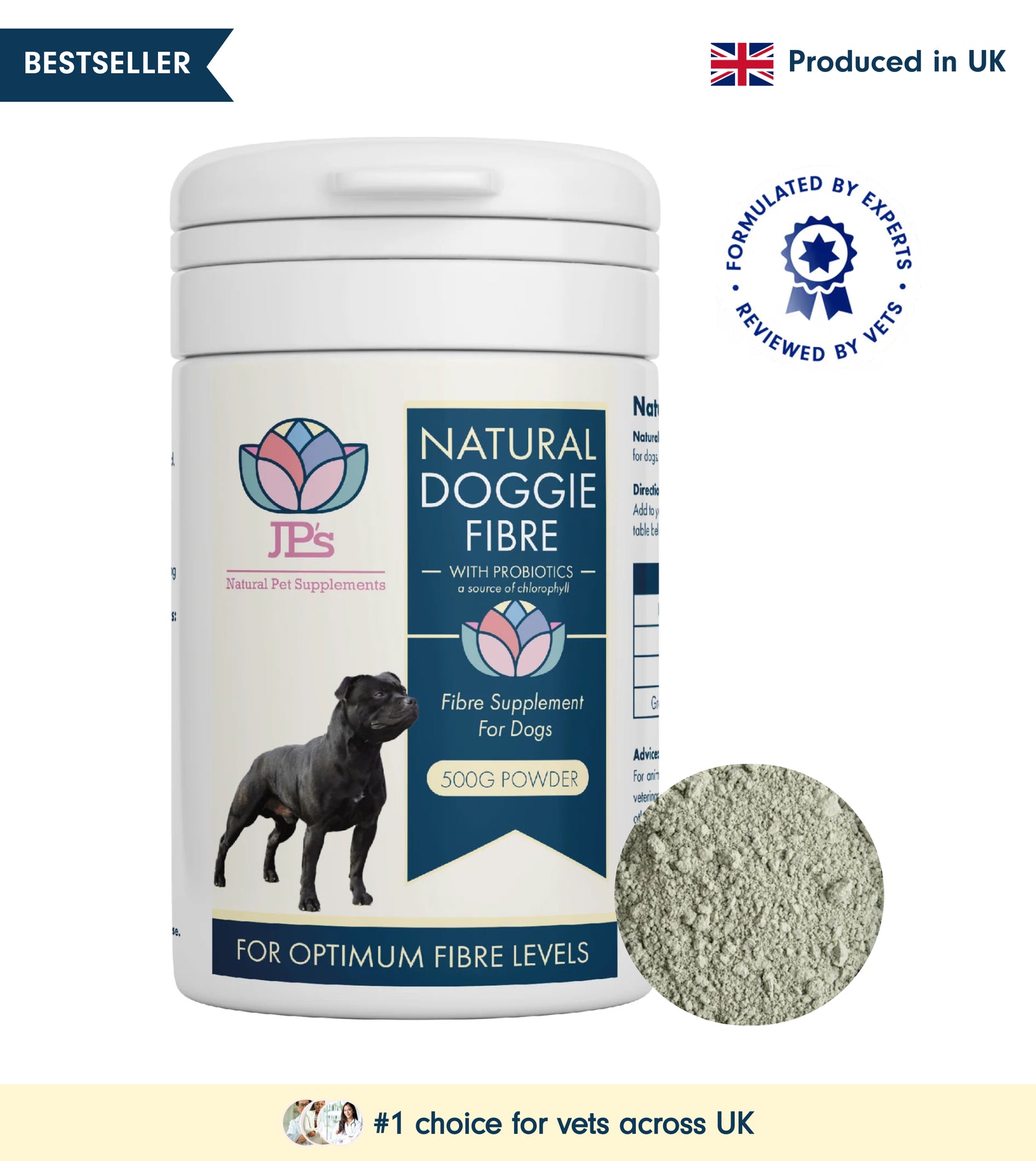
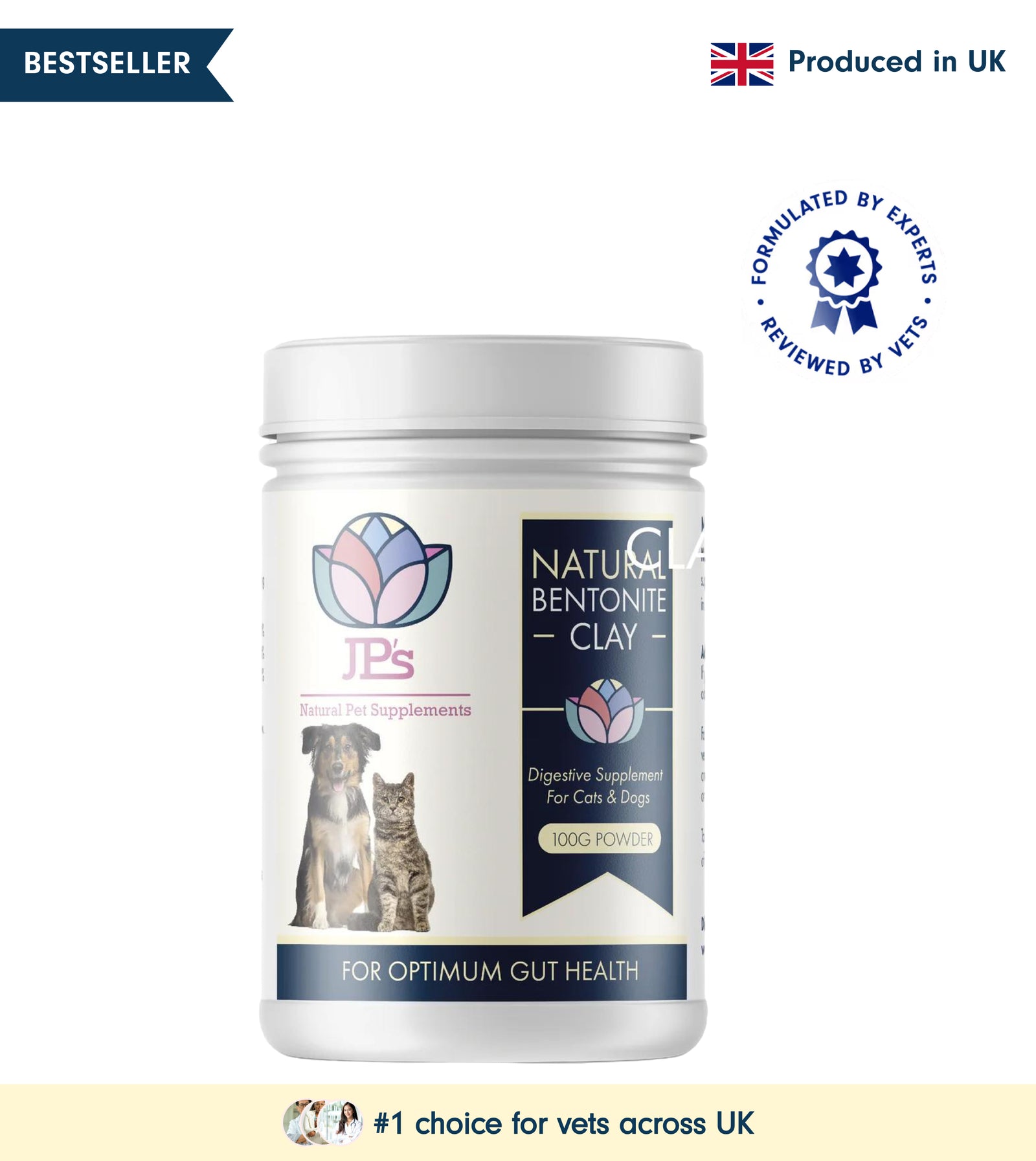

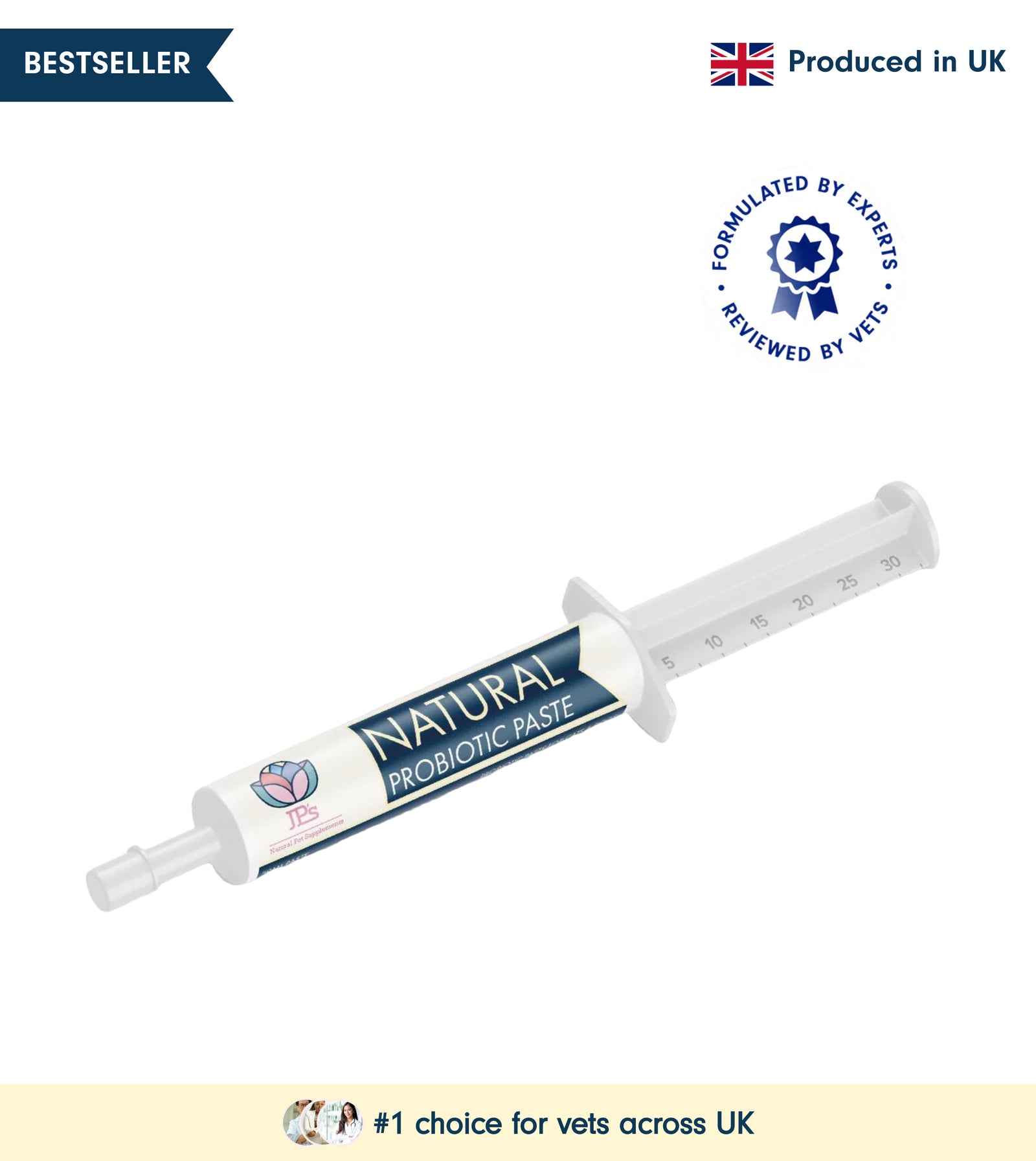
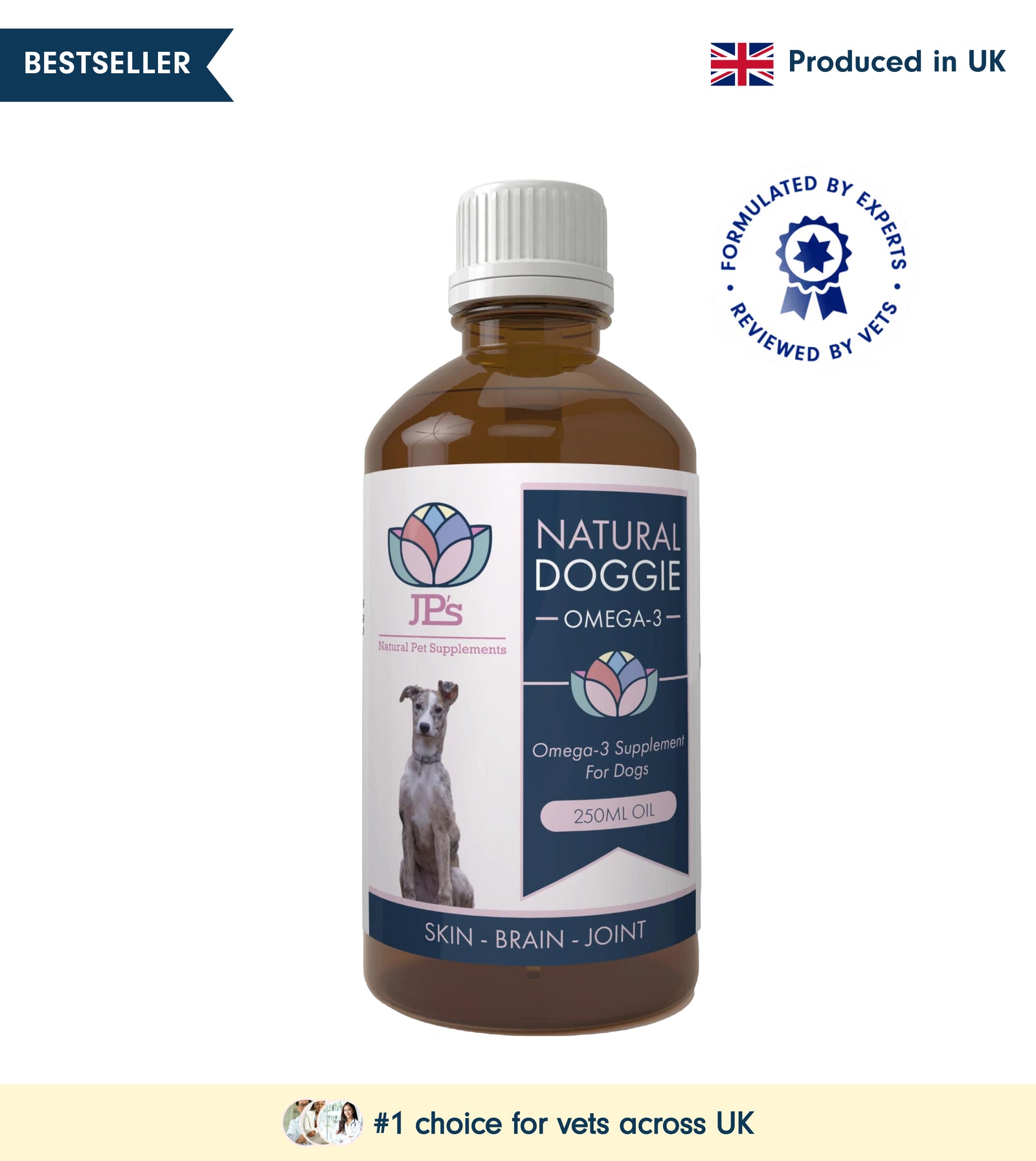
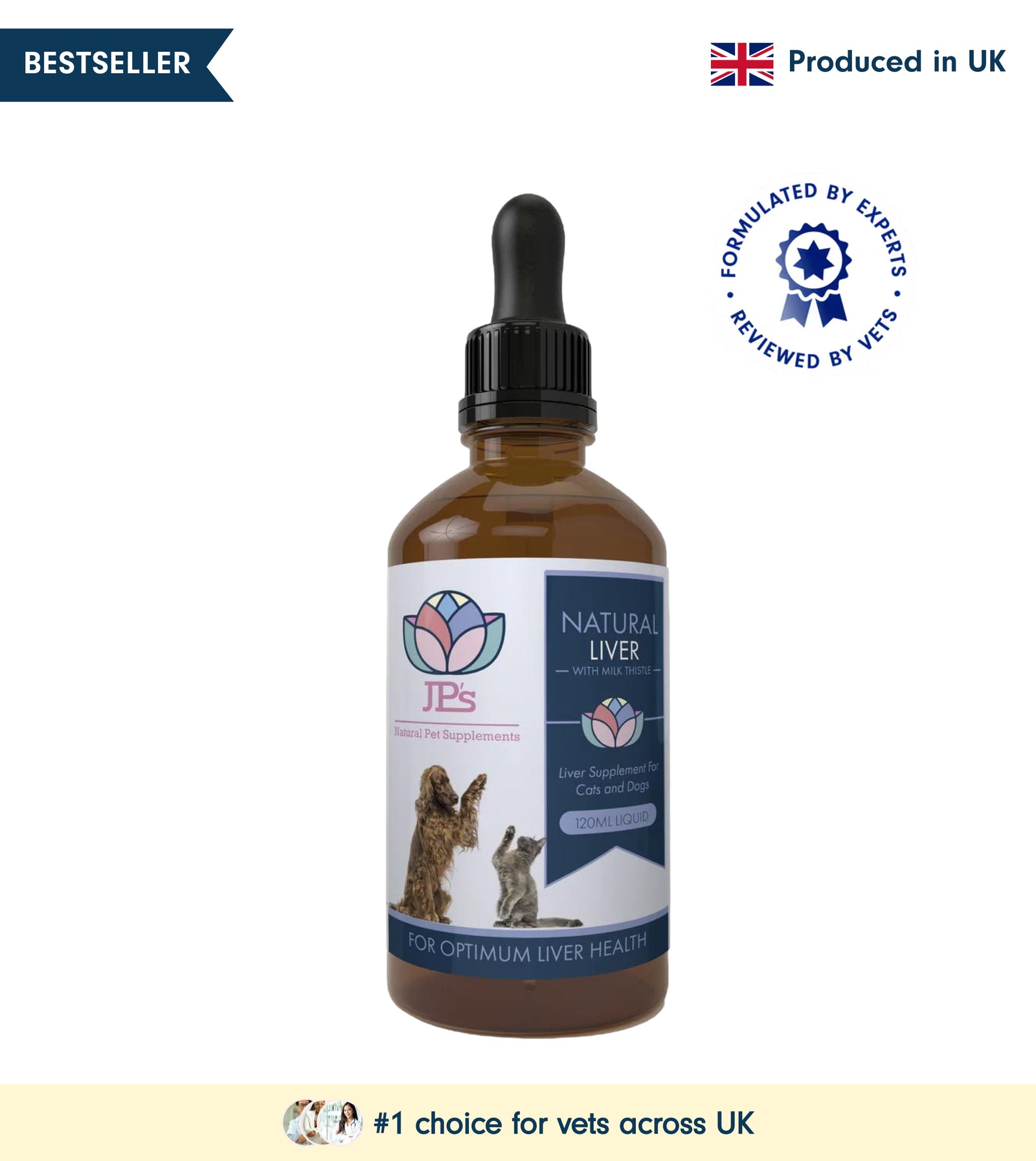

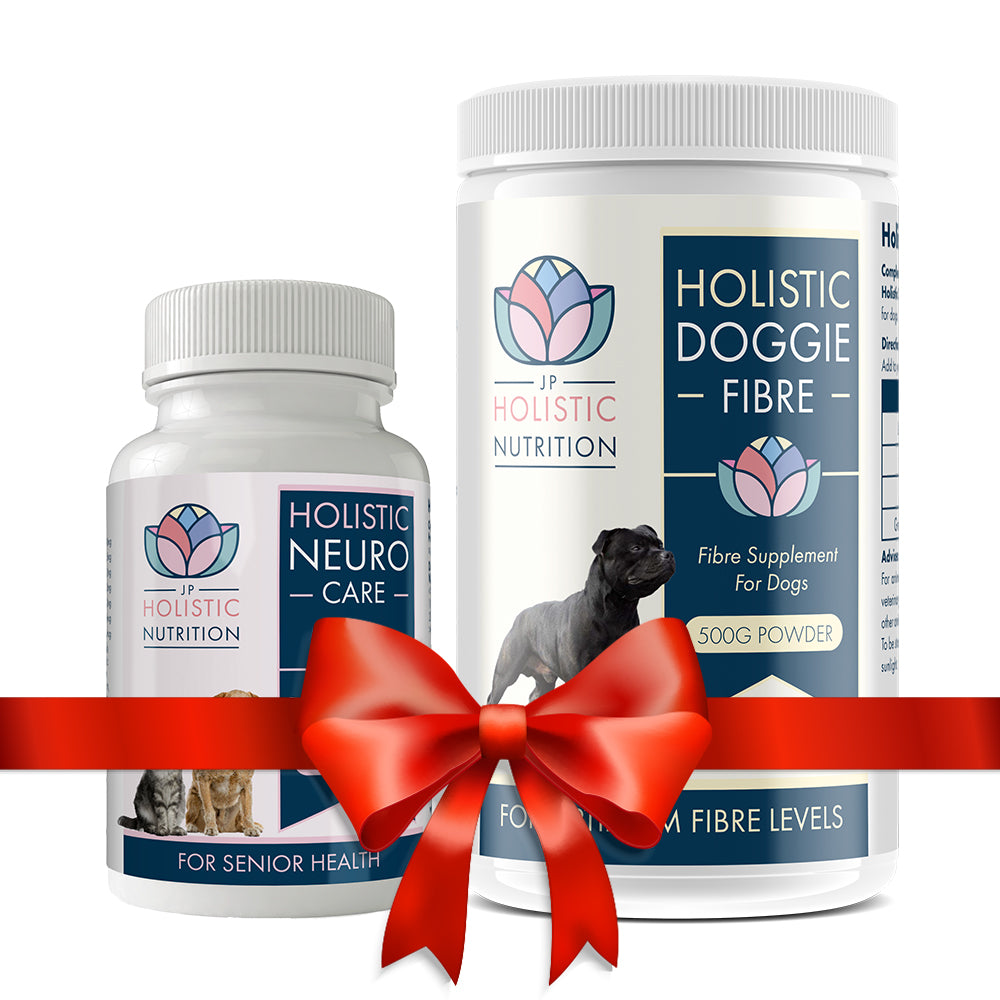
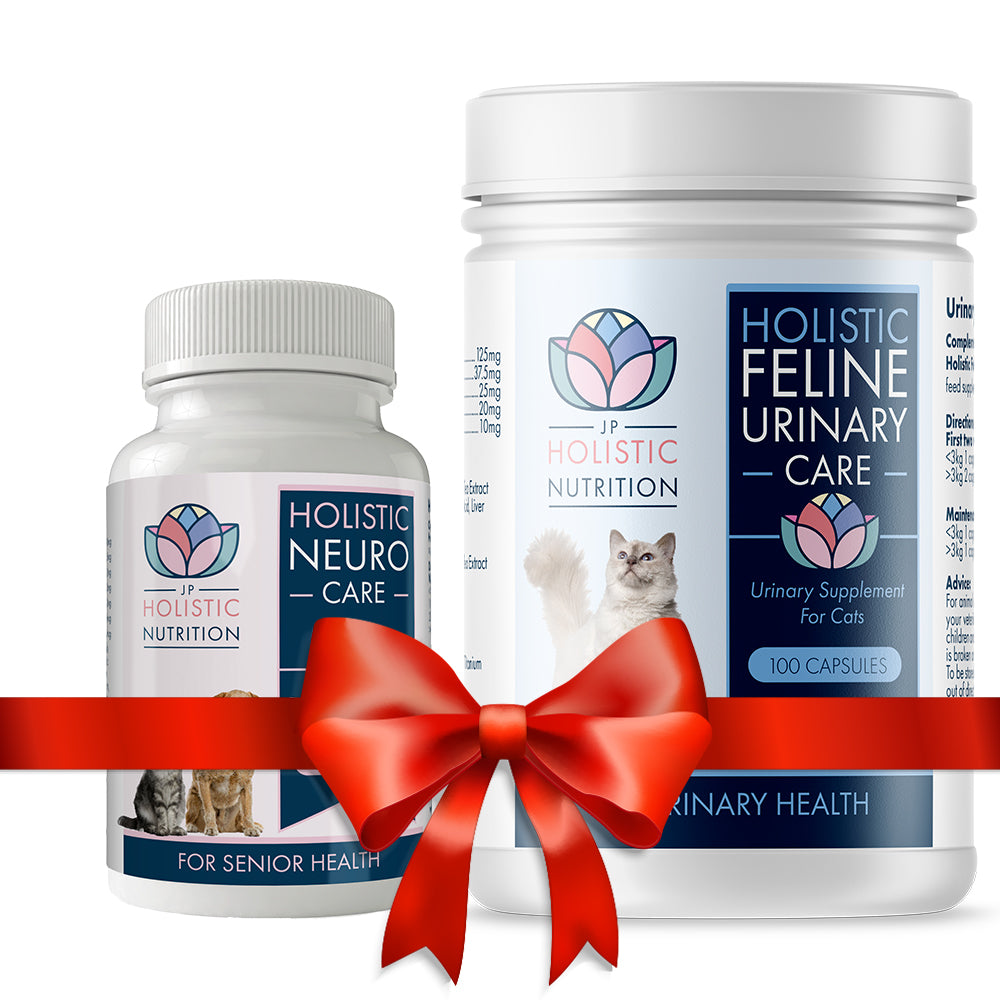
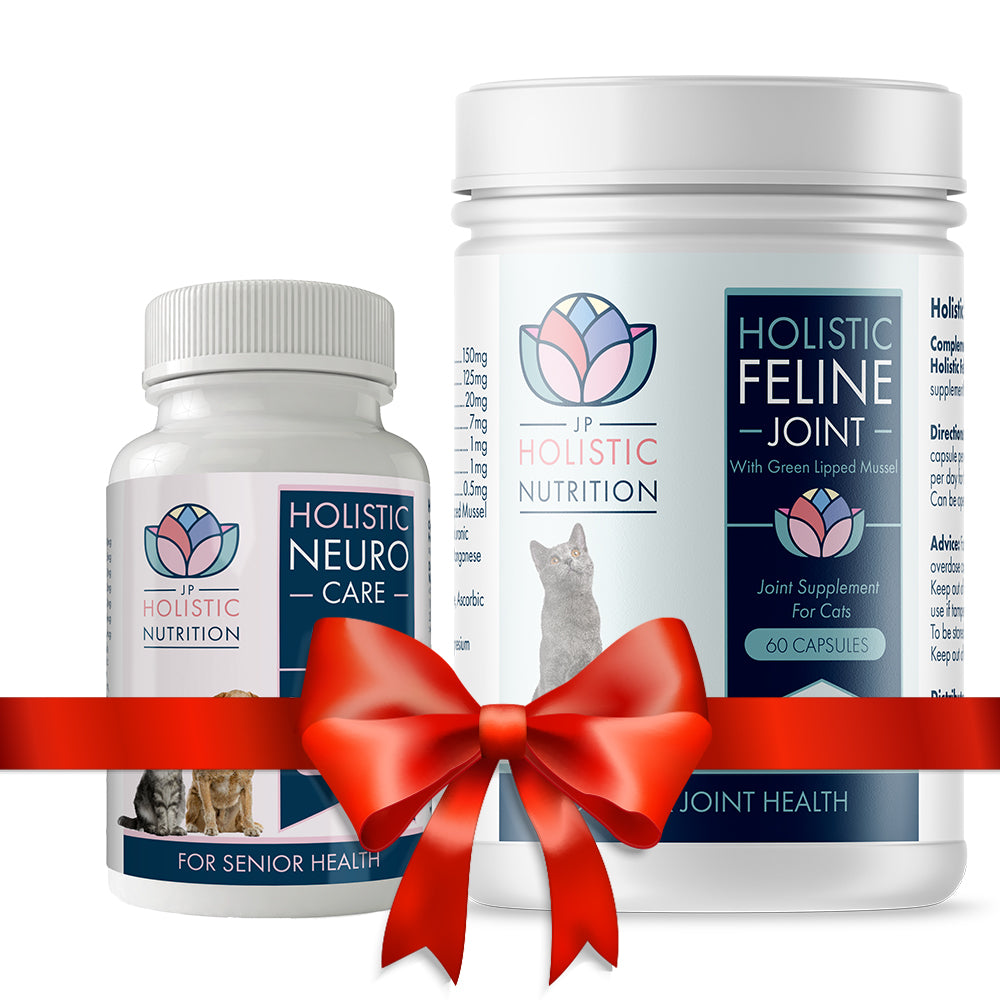



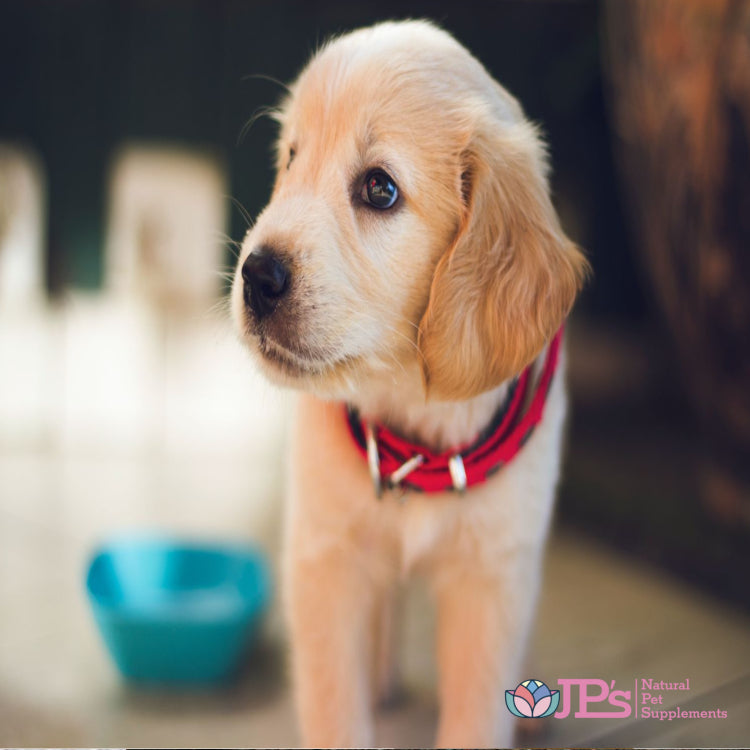
Leave a comment (all fields required)